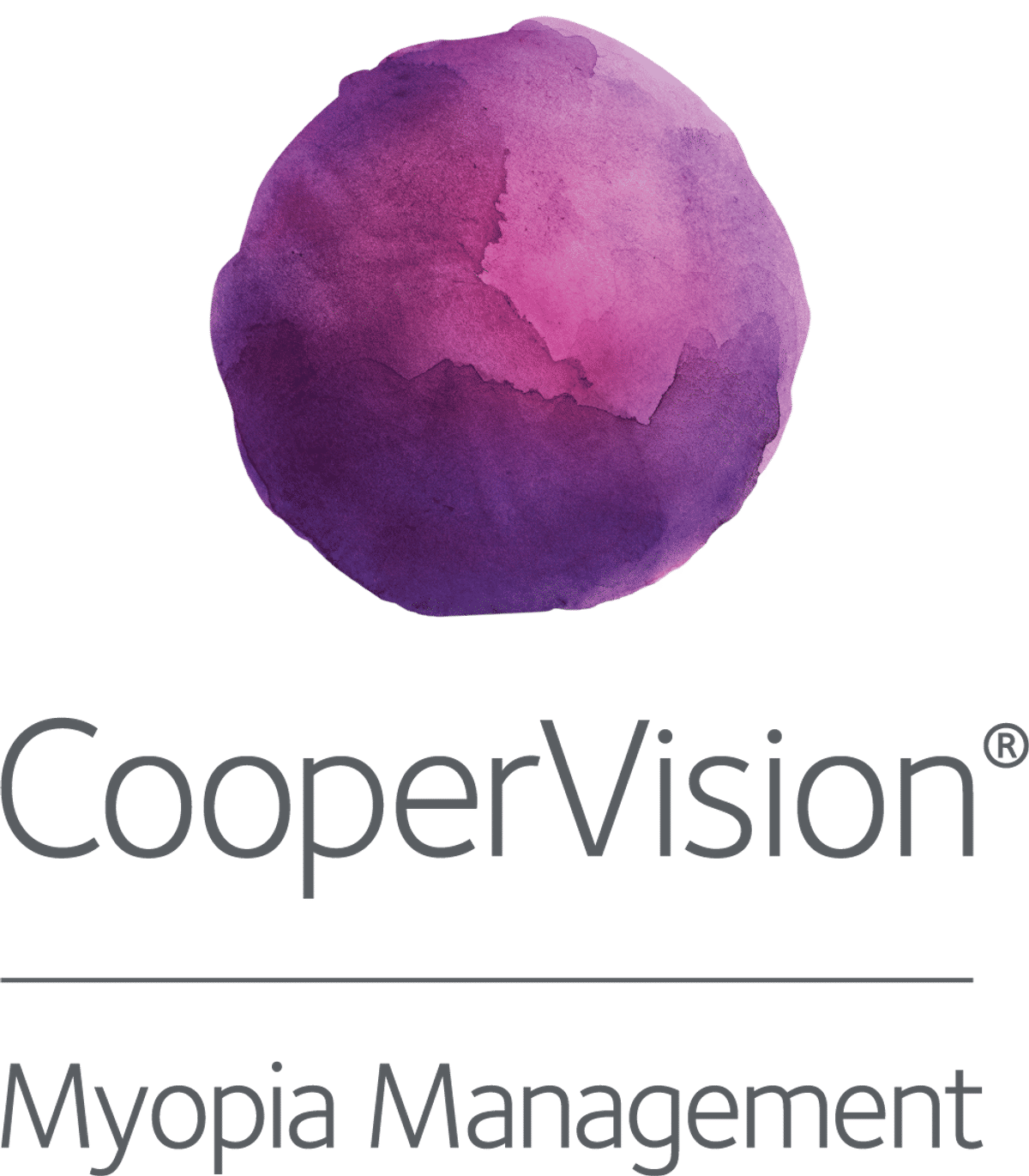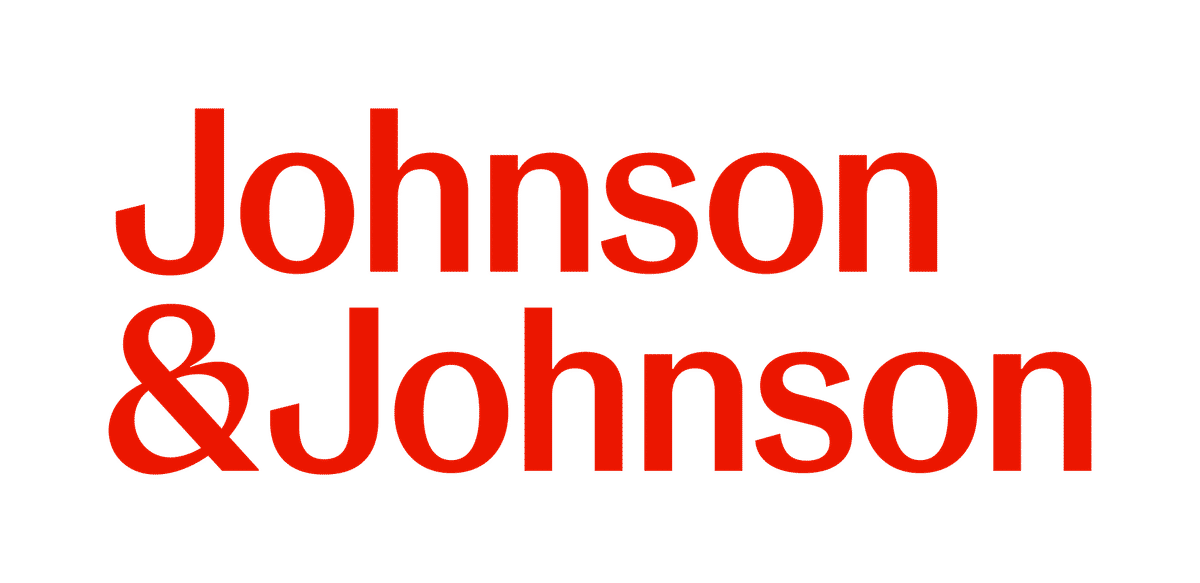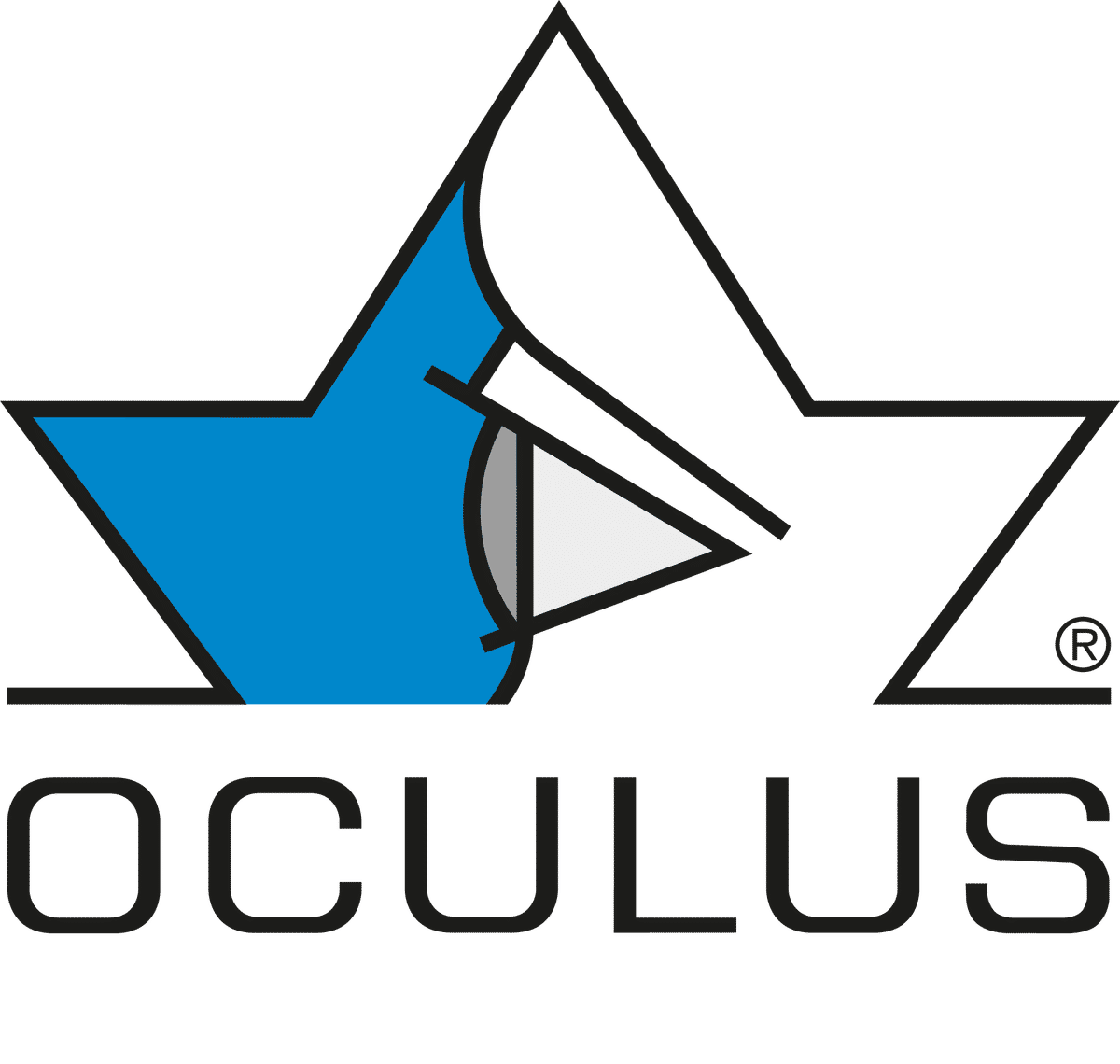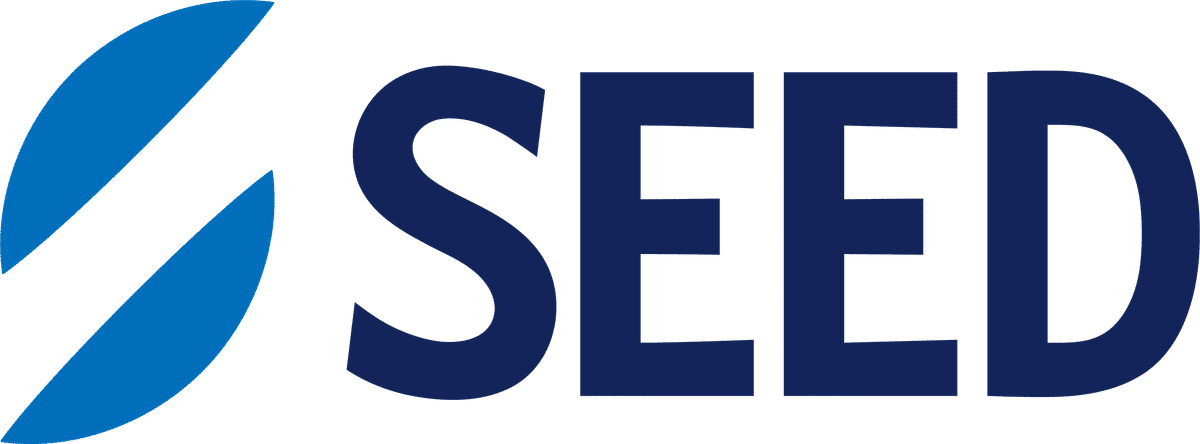Science
DOT spectacle lenses: a review of contrast modulation theory

In this article:
SightGlass Vision DOT spectacle lenses differ from defocus-based myopia control strategies by employing a contrast modulation mechanism to slow myopia progression. This review article summarised the current knowledge on myopia risk factors and refractive error development, and how they led to the theories and mechanisms behind DOT.
Paper title: Optical Strategy Utilizing Contrast Modulation to Slow Myopia
Authors: Wolffsohn JS (1), Gifford KL (2,3)
- School of Optometry, College of Health and Life Sciences, Aston University, Birmingham, UK
- Optometry and Vision Science, Queensland University of Technology, Brisbane, Australia
- Myopia Profile Pty Ltd, Brisbane, Australia
Date: Published online December 9, 2024
Reference: Wolffsohn JS, Gifford KL. Optical Strategy Utilizing Contrast Modulation to Slow Myopia. Ophthalmol Sci. 2024 Dec 9;5(4):100672.
Summary
Most current optical myopia control approaches focus on defocus manipulation. However, emerging research suggests that contrast modulation at the retinal level could also influence eye growth. Diffusion Optics Technology (DOT) spectacle lenses have been developed based on this theory, employing translucent microdots to scatter light and modulate contrast without significantly impacting central vision.
This review summarised the current evidence regarding myopia risk factors, contrast pathways in refractive error development, and how these findings support the theory and early clinical outcomes of DOT lenses.
Key points were as follows.
- The visual environment in myopia can affect the response of ON-OFF pathways – which encode contrast at the retinal level. Abnormal contrast signalling (such as low light viewing and black text on white background reading) leads to excessive activation of the ON and OFF pathways.
- Elevated or abnormal activation of ON-OFF pathways can promote myopia progression, based on observations of syndromic high myopia. This is the basis for DOT lenses – by reducing contrast stimulation inherent in man-made environments, excessive neural activity can be decreased, leading to slower eye growth.
- DOT spectacle lenses correct refractive error with a base prescription and incorporate diffusive microdots across the periphery, leaving a clear central zone. The microdots scatter light to modulate contrast across spatial frequencies, without significantly affecting central visual acuity.
- Although peripheral diffusion might suggest a form deprivation effect, DOT lenses differ because they maintain high acuity and mildly reduce contrast, to mimic the contrast of more natural environments, unlike frosted lenses used in animal models.
What does this mean for my practice?
SightGlass Vision DOT spectacle lenses offer a novel approach to myopia management by utilising a unique mechanism to slow myopia progression – contrast modulation. In contrast, strategies underlying optical approaches so far have relied on manipulating defocus blur at either or, the central and peripheral retina.
The introduction of DOT lenses broadens the options available for children requiring myopia control.
DOT spectacle lenses represent the first data point on efficacy of myopia control spectacles in children from 6 years of age. It is effective for slowing myopia progression in children aged from 6 to 10 years at commencement, through to 14 years at last follow-up.
Practitioners can consider DOT spectacle lenses as an evidence-based option for the management of younger children with myopia, especially as younger children progress more rapidly and benefit from earlier intervention.
DOT spectacle lenses have shown to be effective in controlling myopia progression over 4 years, with the majority of the treatment effect achieved within the 1st year of wear.
What do we still need to learn?
Despite their differing approaches, DOT and existing spectacle-based myopia control interventions (such as Stellest and MiYOSMART) have all demonstrated long-term efficacy over at least 4-years.
With numerous approaches appearing to be effective, a more detailed investigation is required into understanding the mechanisms that underlie the development of refractive error. As suggested by the authors, the pathways involved in contrast modulation may be shared or related those of defocus-based designs. It is worth noting that Stellest and MiYOSMART lenses are able to reduce contrast, although more so at mid-, high- and very-high spatial frequencies than uniformly.
Other areas that need clarification include the neural pathways involved in the contrast modulation theory, whether a dose-response relationship exists for diffuser strength, and the influence of wearing time on clinical outcomes. For instance, the lack of a clear dose-response relationship between different densities of diffusive microdots in the CYPRESS study,
Abstract
A new method to slow myopia progression utilizes Diffusion Optics Technology (DOT) spectacle lenses. The proposed mechanism of action for the DOT lenses is to modulate contrast across the photoreceptor cells, leading to an altered activity of the ON and OFF pathways and slowing the progression of axial elongation. This approach is different from the current optical approaches that utilize optical defocus to reduce hyperopic defocus at the peripheral retina although central vision is fully corrected to slow myopia. Initial clinical studies with the DOT lenses have demonstrated promising results with a reduction in progression of myopia. This overview summarizes the current knowledge on myopia risk factors, the evidence for involvement of contrast signaling pathways in refractive error development, and the theories and mechanisms behind DOT lens technology. It also considers the role of contrast and the paradoxical observations given the established paradigm of form deprivation in animal models.
Meet the Authors:
About Brian Peng
Brian is a clinical optometrist based in Sydney, Australia. He graduated from the University of New South Wales and was awarded the Research Project Prize for his work on myopia. He has a keen interest in myopia-related research, industry, and education.
Read Brian's work on our My Kids Vision website, our public awareness platform. Brian also works on development of various new resources across MyopiaProfile.com.
References
- Laughton D, Hill JS, McParland M, et al. Control of myopia using diffusion optics spectacle lenses: 4-year results of a multicentre randomised controlled, efficacy and safety study (CYPRESS). BMJ Open Ophthalmol. Oct 2024;9(1). [link]
- Brennan NA, Toubouti YM, Cheng X, et al. Efficacy in myopia control. Prog Retin Eye Res. Jul 2021;83:100923. [link]
- Tricard D, Marillet S, Ingrand P, et al. Progression of myopia in children and teenagers: a nationwide longitudinal study. Br J Ophthalmol. Aug 2022;106(8):1104-1109. [link]
- Li X, Huang Y, Liu C, et al. Myopia control efficacy of spectacle lenses with highly aspherical lenslets: results of a 5-year follow-up study. Eye Vis (Lond). Mar 2025;12(1):10. [link]
- Lam CSY, Tang WC, Zhang HY, et al. Long-term myopia control effect and safety in children wearing DIMS spectacle lenses for 6 years. Sci Rep. Apr 2023;13(1):5475. [link]
- Li X, Ding C, Li Y, et al. Influence of Lenslet Configuration on Short-Term Visual Performance in Myopia Control Spectacle Lenses. Front Neurosci. Jul 2025;15:667329. [link]
- Rappon J, Chung C, Young G, et al. Control of myopia using diffusion optics spectacle lenses: 12-month results of a randomised controlled, efficacy and safety study (CYPRESS). Br J Ophthalmol. Nov 2023;107(11):1709-1715. [link]
Enormous thanks to our visionary sponsors
Myopia Profile’s growth into a world leading platform has been made possible through the support of our visionary sponsors, who share our mission to improve children’s vision care worldwide. Click on their logos to learn about how these companies are innovating and developing resources with us to support you in managing your patients with myopia.












